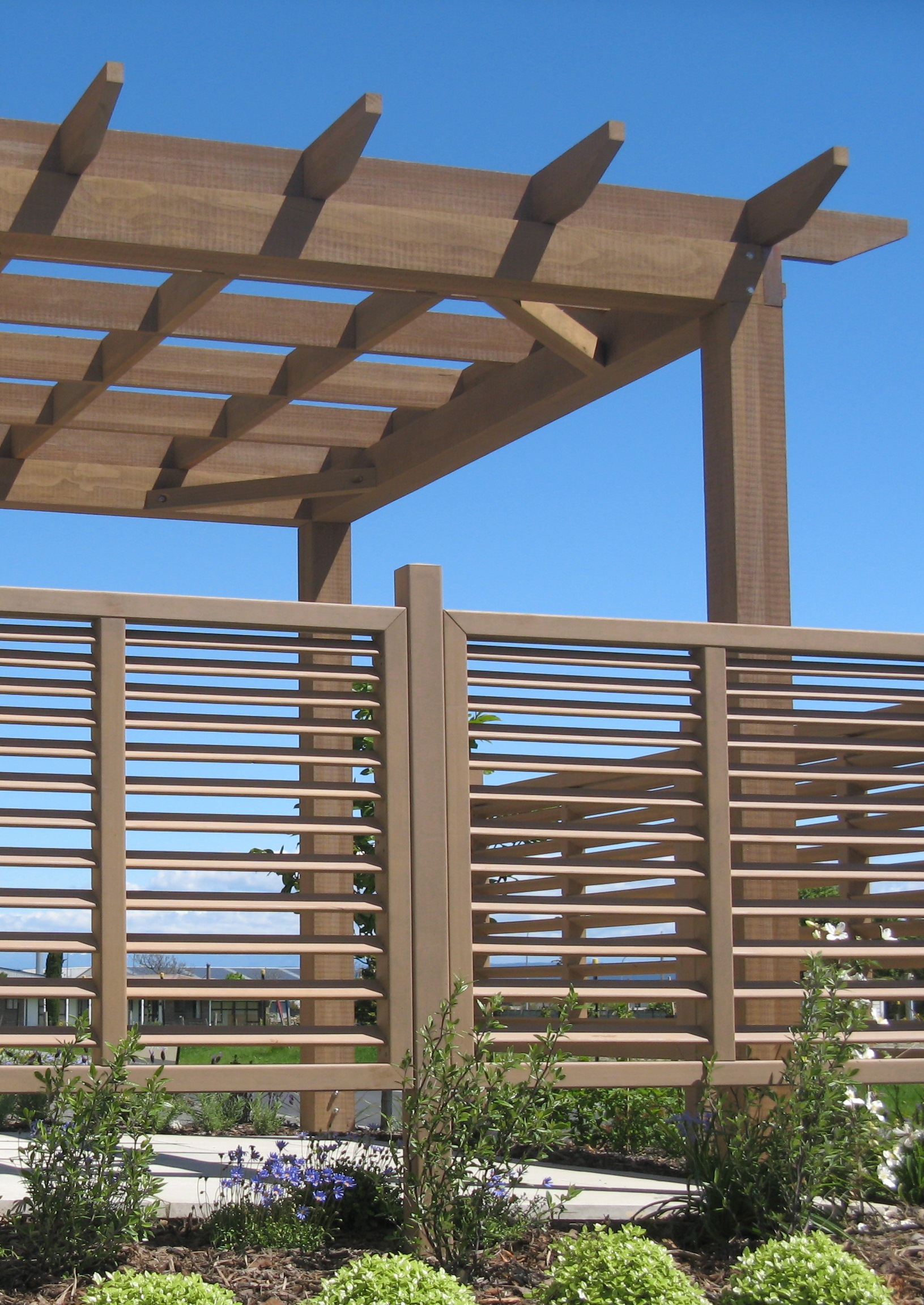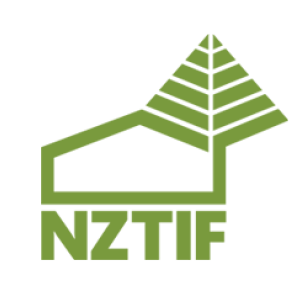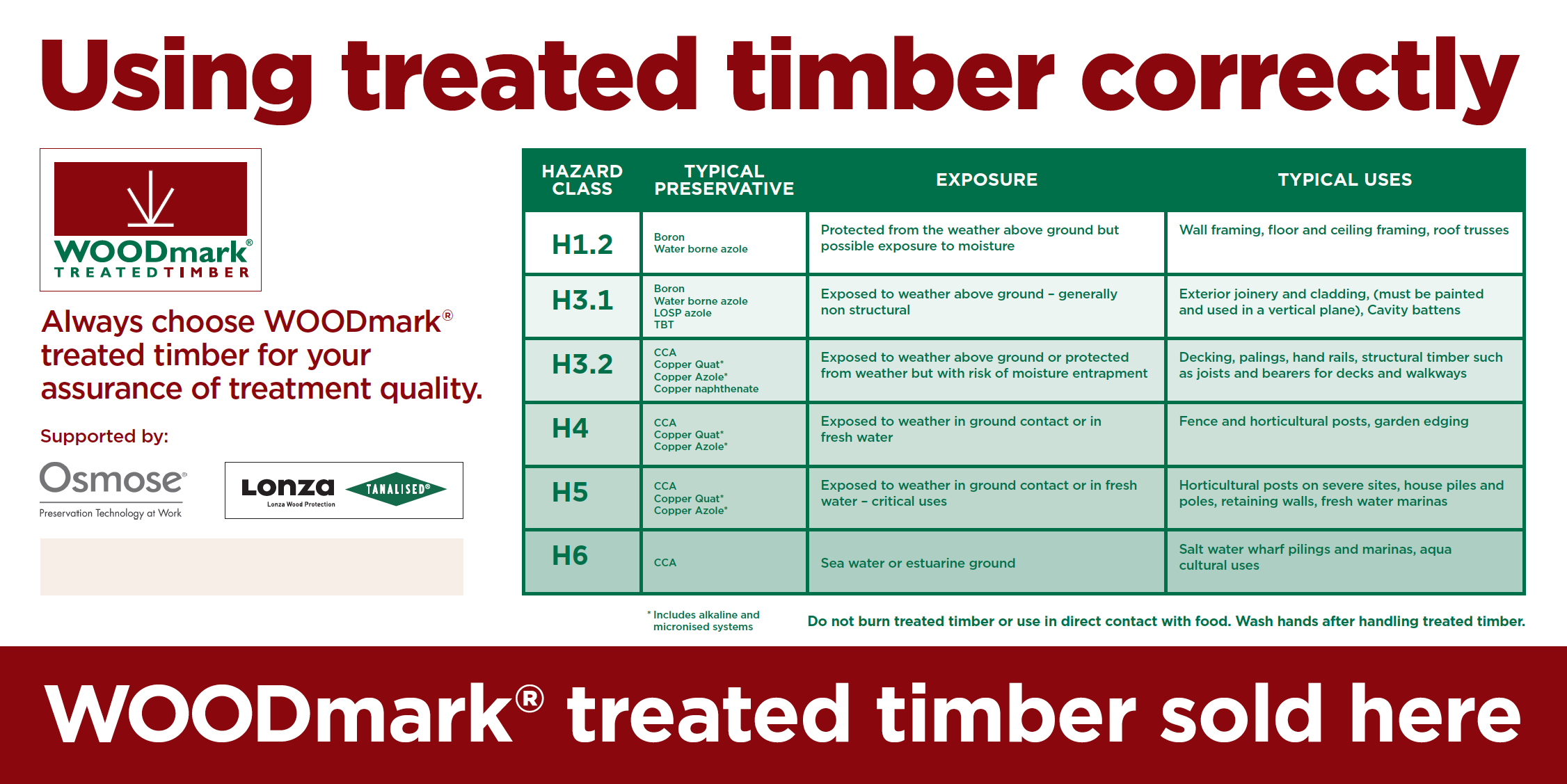
Industry Info + Links
Handy timber technical info links for specifiers
It all begins with an idea. Maybe you want to launch a business. Maybe you want to turn a hobby into something more. Or maybe you have a creative project to share with the world. Whatever it is, the way you tell your story online can make all the difference.
More about timber grades, hazardous classes + standards for specifiers:
Radiata Pine
NZ Radiata Pine is a light-coloured, medium-density softwood with a moderately even texture that produces sawn lumber with excellent working properties.
Sawn NZ timber dries easily and can be kiln-dried rapidly from green.
The wood can be readily treated with preservative to achieve all desired durability levels.
Timber Grades
Through good silviculture management, NZ pine logs come in a range of qualities capable of yielding lumber grades to meet almost any requirement.
Appearance Grade
Choosing the right grade is important for finishing and furniture uses.
They can either be clear of knots or contain minor blemishes and tight knots.
These grades include:
Clear Timber:
Free of knots and blemishes, used for high-quality joinery, furniture and mouldings.
Cuttings Grades:
For reprocessing to produce shorter clear lengths with excellent machining and gluing properties.
These grades contain large knots and blemishes that are removed by cross-cutting and ripping.
The resulting clear components are often finger-jointed and edge-glued to produce mouldings and furniture.
Structural Grades or Framing Grades
These are used primarily for construction where strength and stiffness are important.
The main factors influencing a structural grade are the size and location of knots and the density of the timber.
Grade limit such defects to meet specified strength requirements.
Industrial Grades
These are used in packaging for various products such as pallets, cable drums and concrete formwork.
Grades contain a range of knot sizes compatible with final use.
Industrial grades are also produced for export including thin-board and a range of other grades to buyer specifications.
NZ timber producers are able to grade to most customer requirements.
Common export grades include:
Australia: AS2858 F5 and F7 structural grades (visual) treated and untreated AS1748 MGP grades (machine stress graded)
United States: Western Wood Products Association random width lumber specifications including mouldings and better, shop and factory grades.
Japan: JAS structural grade specifications(which also include glue laminated and plywood grades)
China and Vietnam: NZS3631 cuttings grades and buyer specified grades
Selecting Timber
Common Timber Sizes
The standard sizes produced by New Zealand sawmills are;
Width: 25, 50, 75, 100, 125, 150, 175, 200, 225, 250, 275 and 300mm
Thickness: 25, 40, 50, 75 and 100mm
Length: 1.8 to 6.0m in increments of 0.3m
Note that these are rough sawn (not planed) dried sizes.
Preservative Treatments
Effective preservation treatments have been developed to ensure NZ Radiata Pine has excellent performance across a broad range of applications where there is exposure to weather and other elements such as salt water.
NZ Radiata Pine is the most treatable species of wood known. Its cell structure means preservative solutions can penetrate deeply into the wood and be retained within it, resulting in timber that has the durability to endure the most hostile environments.
NZ has developed a world-leading wood preservation industry and has rigorous codes of practice for health and safety as well as producing treated timber and wood products that meet stringent standards.
The timber treatment industry has been audited to ensure compliance with product standards for over thirty years by WOODmark
WOODmark is the leading quality assurance programme for preservative treated timber.
In NZ, round wood (posts and poles), sawn timber and plywood are treated to six different hazard class levels.
Preservative treatment requirements are generally equivalent to or exceed those of other countries that have formal wood preservation standards.
Treated Timber Hazard Class Guide
This Guide sets out the hazard classes for treated timber that are appropriate for given end uses.
The uses for treated timber are as set out in:
NZ Standard NZS 3602:2003 - Timber and wood-based products for use in building
NZ Standard NZS 3640:2003 - Chemical preservation of round and sawn timber
Amendment 7 to the Compliance Document for Clause B2 Durability of the New Zealand Building Code
Look for the ‘hazard class rating’ on each stick of timber.
The hazard class rating H1 to H6 tells you the level of treatment you need for the job in mind.
See more below (also available here)
Timber Hazard Class Table
| Hazard Class | Exposure | Service Conditions | Hazard | End Uses | |
|---|---|---|---|---|---|
| Image01 | H1.1 | Protected from the weather | Always dry | Borers | Framing, interior linings + trim, now rarely used |
[ | H1.2 | Protected from the weather, above ground but possibility of exposure to moisture | Dry but possible exposure to moisture conducive to decay | Borers and decay fungi | Structural timbers within the building envelope including wall, ceiling and floor framing and roof trusses |
| Image03 | H3.1 | Exposed to weather but out of ground contact | Periodic wetting, out of ground contact | Decay fungi and borers | Cladding, fascia and exterior joinery, usually used in a vertical plane. These uses require a paint coating. |
[ | H3.2 | Exposed to weather but out of ground contact | Periodic wetting, out of ground contact | Decay fungi and borers | All H3.1 uses plus outdoor structural applications such as decking and pergolas and fence palings and pickets. H3.2 cladding of Radiata Pine may be used unpainted. |
[ | H4 | Exposed to weather in ground or fresh water contact | Ground contact and/or severe or continuous wetting | Decay fungi and borers | Fence and agricultural posts and landscaping |
| https://www.nocowboys.co.nz/images/business/800x600/90/auckland-houselevelling-ltd-building-maintenance-grey-lynn-freemans-bay-d21665.jpg | H5 | Exposed to weather in ground or fresh water contact | Ground contact and/or severe or continuous wetting where uses are critical and a higher level of protection than H4 is required | Decay fungi and borers | House piles and poles, retaining wall posts, transmission poles |
| https://www.goldpine.co.nz/Images/Products_Articles/IMG_0705.jpg | H6 | Seawater or estuarine ground | Salt water or estuarine immersion | Marine borers and decay | Wharf + marine piles and timbers |

